Hydroponic cultivation, planting without using soil
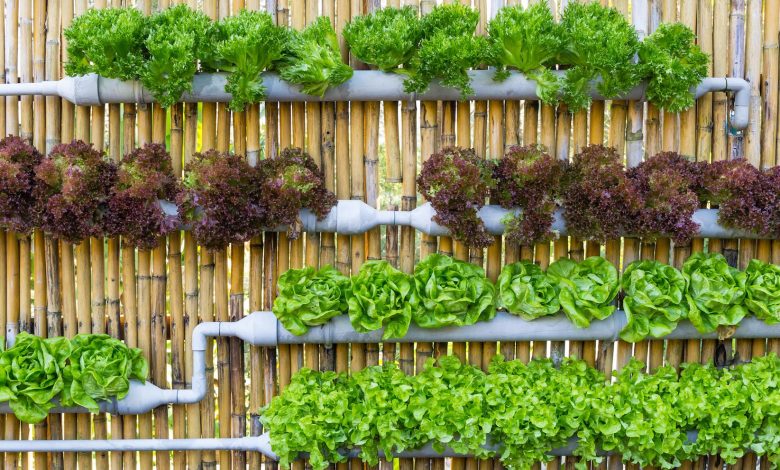
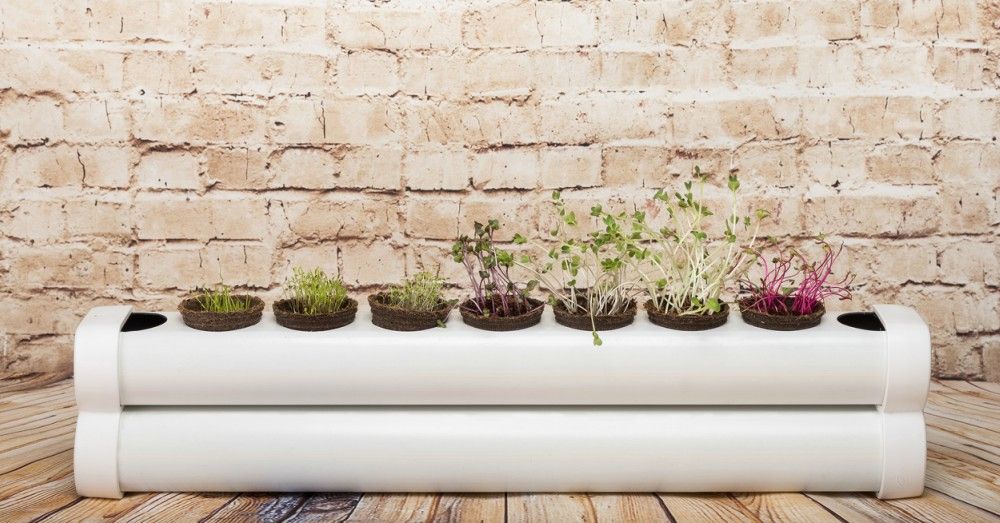
In recent years, hydroponic cultivation has become an increasingly popular system. A method with which it is fundamentally pursued to find substitutes for traditional cultivation in the soil, but without renouncing the effectiveness of this substrate.
Far from being a practice intended only for agriculture, the truth is that hydroponic cultivation can be used (and is used!) simply to plant flowers. An ideal alternative for small spaces or urban environments in which we do not have a garden space or many dimensions to enjoy nature.
Regardless of the use to which we put this work, whether it is to have our own garden or to have the company of the beauty of flowers, it is important to discover how it works and what are the characteristics of this farming system.
HOW IS THE HYDROPONIC CULTIVATION
The basis of hydroponic cultivation is basically based on the fact that it dispenses with the land as a natural habitat for plants. Something that collides head-on with the idea we have about planting flowers or vegetables, which is not understood in any way without the ideal substrate for each type of plant.
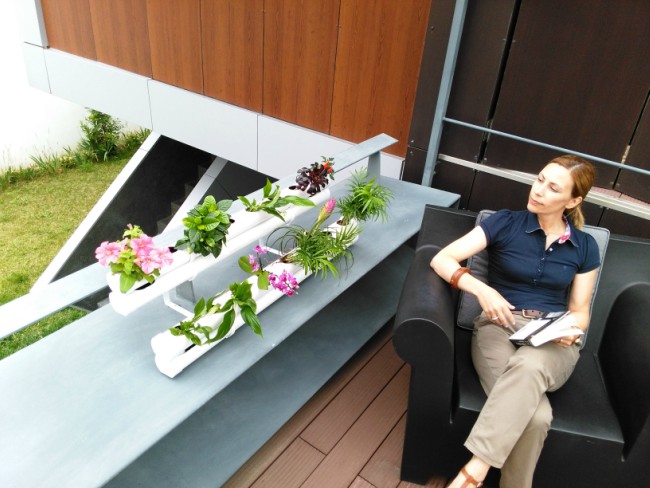
However, it is interesting to know that the growth of hydroponic cultivation (which has gained presence, above all, in large agricultural areas) is due to a singular discovery: plants can grow in an environment where there is water, but not necessarily this implies that it must have land. Something that came to light in the 19th century when it was discovered that the roots absorb essential nutrients thanks to inorganic ions dissolved in the water, but that has been perfected until it provides the ideal way to put it into practice.
Given that, according to these findings, the substrate acts only as a mere reserve of water and a supplier of nutrients, hydroponic cultivation has found the alternative: mineral solutions that, together with the irrigation water, will allow the plants to be nourished with everything they need., even without rooting in the ground.
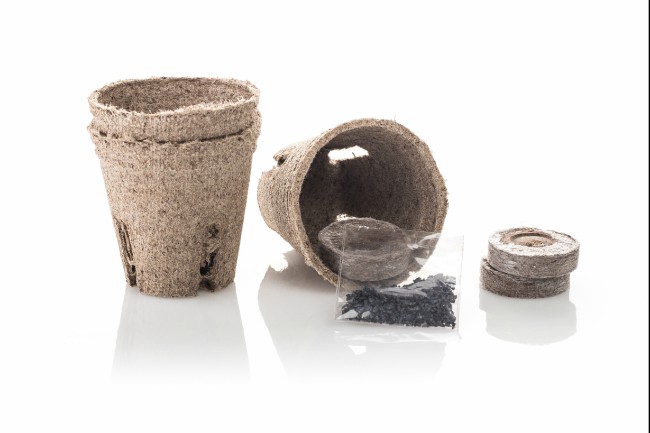
In the absence of this element, hydroponic crops opt for other materials such as: expanded clay, perlite, coconut fiber or rock wool, among others, to exercise that base that any planting needs to support its roots.
And since water is the key element of hydroponic growing, make no mistake; its economy and optimal use is also part of this planting system. An important reason to have this type of system is that it will help us both drain and use water in the most responsible and effective way possible.
If all these reasons (the economy of space and water) are not enough to convince us to opt for hydroponic cultivation, there is one that is postulated as perfect for the impatient: this system accelerates the process of growth and maturation of the plant, shortening the cycle even up to 60% of the usual time.
WHAT YOU NEED FOR HYDROPONIC GROWING
In order to enjoy the benefits of this type of sowing, it is necessary to have a specific installation that maintains the premises of this system: respect for the environment and saving space.
In the first place, we will have to consider having the specific planters for it. Far from the usual way we are used to, these have the shape of a gutter with specific holes to introduce the coconut fiber pots in which we will grow our plants.
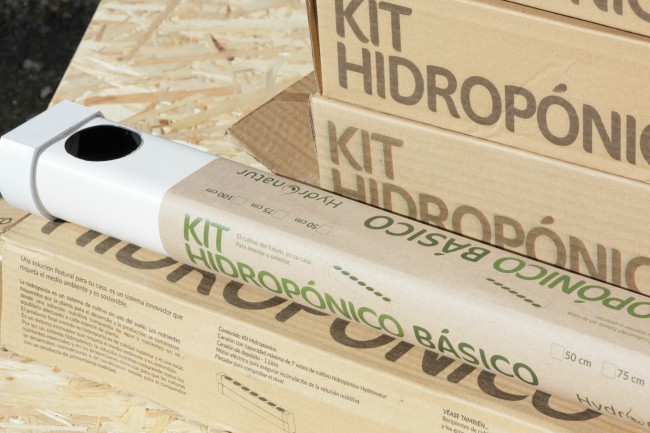
Discover here the variety of systems
It is important to understand that this fiber format is specific for this type of crop since, in addition to the container itself, it contains specific nutrients to promote plant growth. In addition to their unique morphology, these planters have a storage space (specific for storing water) and a recirculation motor for the mineral solution with which we will grow our crops.
As far as this supply of nutrients is concerned, we must bear in mind that we will have to use different mineral preparations for each vegetative stage of the plant. While some will be specific for flowering, others will seek growth or fortification.
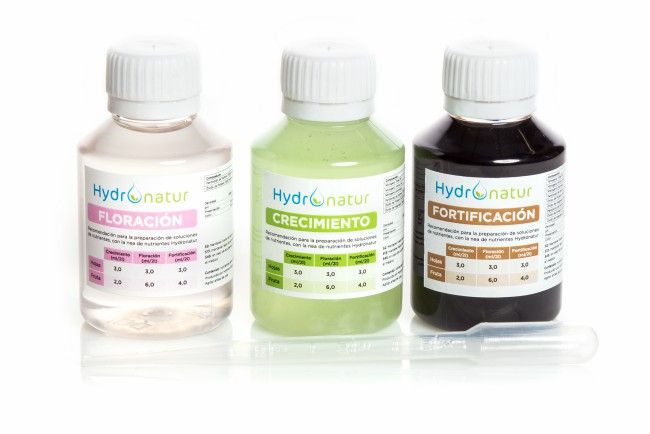
Visit here the characteristics of each one of them
Nutrient solutions determined for each season that will provide everything necessary for each plant to germinate, grow and be maintained over time.
In the same way that you would in a conventional pot but using all the advantages of hydroponic cultivation.
Put it into practice with your nature and discover a new way to enjoy gardening and the vegetable garden!
If you bet on this system, buy hydroponic crops online here> Hydroponic garden


![Photo of 4 Avocado Pests and Diseases: [Causes and Solutions]](https://www.complete-gardening.com/wp-content/uploads/2022/08/4-avocado-pests-and-diseases-causes-and-solutions-390x220.jpg)
![Photo of Prune Dahlias: [Importance, Time, Tools, Considerations and Steps]](https://www.complete-gardening.com/wp-content/uploads/2022/08/prune-dahlias-importance-time-tools-considerations-and-steps-390x220.jpg)
